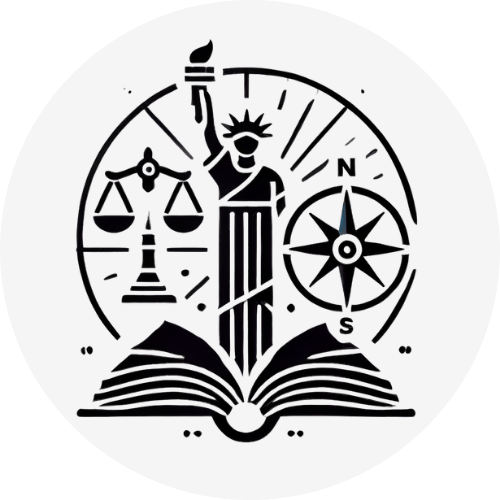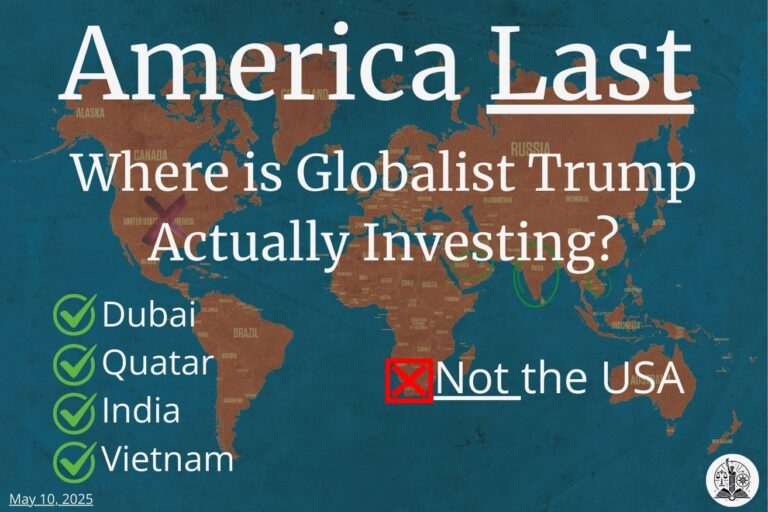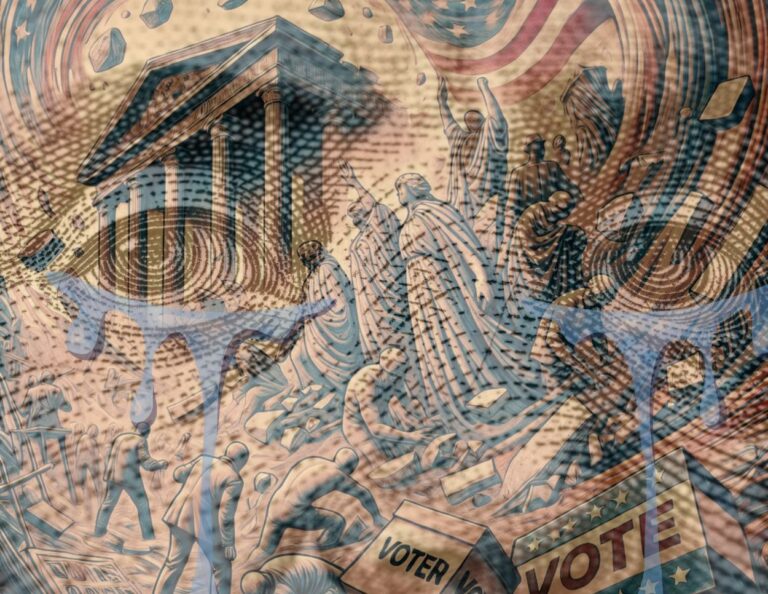The DOGE Standoff: A Test of Executive Power and Judicial Oversight
Note – this was initially a post on Facebook, copied and reformatted to this website.
On Sunday, February 9, 2025, three of the most powerful figures in the country—Vice President JD Vance, billionaire Elon Musk, and President Donald Trump—condemned a federal judge’s decision to block the Department of Government Efficiency (DOGE) from accessing Treasury Department systems.
- Musk denounced the ruling as “a corrupt judge protecting corruption” and suggested that Judge Paul Engelmayer should be impeached.
- Vance criticized the judiciary’s intervention, stating, “Judges aren’t allowed to control the executive’s legitimate power.”
- Trump rejected the decision, saying, “I disagree with it 100%. I think it’s crazy.”
The administration’s strong pushback underscores the stakes of this legal battle—not just over DOGE, but over the fundamental limits of presidential power.
How Did This Constitutional Battle Unfold?
Key Events Leading to the Legal Clash:
- January 20, 2025 – President Trump establishes DOGE via executive order, renaming the U.S. Digital Service and appointing Elon Musk to lead an initiative to modernize federal government operations.
- January 31, 2025 – Treasury Secretary Scott Bessent grants DOGE access to the Treasury’s central payment system, which processes $5.4 trillion annually.
- February 1, 2025 – DOGE teams gain unauthorized access to classified USAID information, triggering national security concerns. Two USAID security officials are placed on leave amid controversy over access controls.
- February 2, 2025 – Musk announces DOGE will suspend payments to certain government contractors, including faith-based organizations providing social services for refugees.
- February 7, 2025 – A coalition of 19 Democratic attorneys general file a lawsuit in a Manhattan federal court, seeking to block DOGE’s Treasury access.
- February 8, 2025 – U.S. District Judge Paul Engelmayer issues a temporary injunction, barring DOGE from accessing Treasury systems and ordering the destruction of any copied data, citing concerns over financial oversight and privacy laws.
- February 9, 2025 – Trump, Musk, and Vance issue public condemnations of the court’s decision.
This legal battle is now a defining constitutional test of executive power vs. judicial oversight.
The Role of Judicial Injunctions in the U.S. System
The judiciary’s ability to issue nationwide injunctions has long been a critical mechanism of checks and balances in American government. Courts use these rulings to:
- Prevent potential harm while legal challenges are decided.
- Ensure laws and executive actions follow the Constitution.
- Allow time for public debate instead of permitting unilateral decisions.
Historical Examples of Executive Power Being Checked:
- Youngstown Sheet & Tube Co. v. Sawyer (1952) – Blocked President Truman from seizing steel mills during the Korean War.
- Texas v. United States (2015) – Halted Obama’s DAPA program, ruling that he couldn’t expand deportation relief without Congress.
- Trump’s Travel Ban (2017) – Temporarily blocked by courts before being upheld by the Supreme Court.
Injunctions serve as judicial checkpoints—sometimes temporary, sometimes decisive—but always a test of executive authority.
The Increasing Use of Executive Orders—and Court Pushback
As presidents issue more executive orders, courts respond with more injunctions:
- Barack Obama (2009–2017) – 35 executive orders per year; ~2.5 injunctions annually.
- Donald Trump (2017–2021) – 55 executive orders per year; ~13.75 injunctions annually.
- Joe Biden (2021–2025) – 46 executive orders per year; ~4.7 injunctions annually.
Why Is This Happening?
- Congressional Gridlock – With fewer major laws passing, presidents use executive orders to enact policies.
- More Legal Challenges – State attorneys general sue more aggressively than in previous decades.
- Strategic Judge Selection – Lawsuits are filed in specific courts known for favorable rulings.
DOGE is the latest example of an evolving power struggle—one where the courts increasingly check executive action as presidents rely more on unilateral decisions.
What Happens Next? The Administration Faces Two Key Choices
1) Adjust DOGE’s Structure
Potential Fixes:
- Move DOGE under an existing agency (OMB or Treasury).
- Limit Musk’s role to an advisory position.
- Seek Congressional approval for Treasury access.
✅ Likelihood: HIGH – The least confrontational and most effective option.
2) Ignore the Judiciary
Potential Consequences:
- Courts could hold DOGE in contempt.
- Congress could intervene, leading to a constitutional crisis.
- If the Supreme Court eventually upholds the injunction, Trump’s legal position weakens.
⚠️ Likelihood: LOW-MEDIUM – Defying the courts would escalate tensions significantly.
How the administration navigates this legal battle will determine whether DOGE survives or gets reshaped.
Final Thoughts: The System Is Working as Intended
While this battle may seem like partisan warfare, this friction is exactly how our Constitutional Republic is designed to function:
- Judicial review forces deliberation before major government actions take effect.
- Executive power is tested, refined, and clarified through legal challenges.
- Checks and balances protect both sides—today’s frustration for one group will be their key tool during a future administration.
This isn’t a battle over who controls the government—it’s a test of how power shifts, adapts, and ultimately preserves the constitutional order.
Sources include:
Source links include:
https://www.whitehouse.gov/…/establishing-and…
https://www.reuters.com/…/us-judge-temporarily-blocks…
https://crsreports.congress.gov/product/pdf/IN/IN12493
https://www.npr.org/…/department-of-government…
https://whyy.org/…/judge-blocks-doge-access-treasury…
https://www.hklaw.com/…/executive-order-establishing…
https://lawreview.syr.edu/department-of-government…
https://www.hklaw.com/…/trumps-2025-executive-orders-chart
https://ag.ny.gov/…/state-of-new-york-et-al-v-trump-et…
https://en.wikipedia.org/wiki/Paul_A._Engelmayer
https://www.presidency.ucsb.edu/…/executive-order-10340…
https://www.oyez.org/cases/1940-1955/343us579
https://www.dhs.gov/…/department-homeland-security…
https://www.ca5.uscourts.gov/opin…/pub/15/15-40238-CV0.pdf
https://www.federalregister.gov/…/protecting-the-nation…







